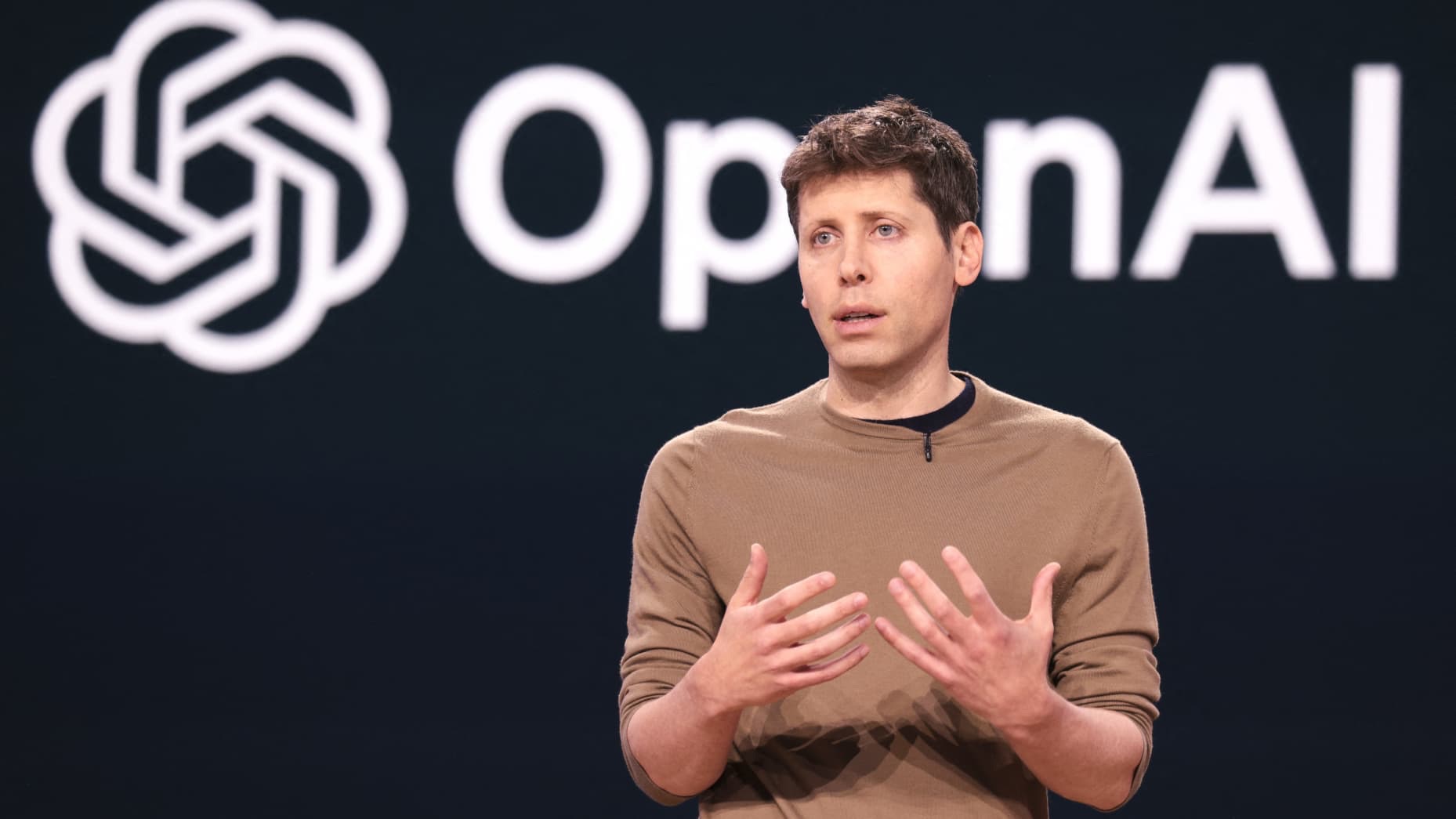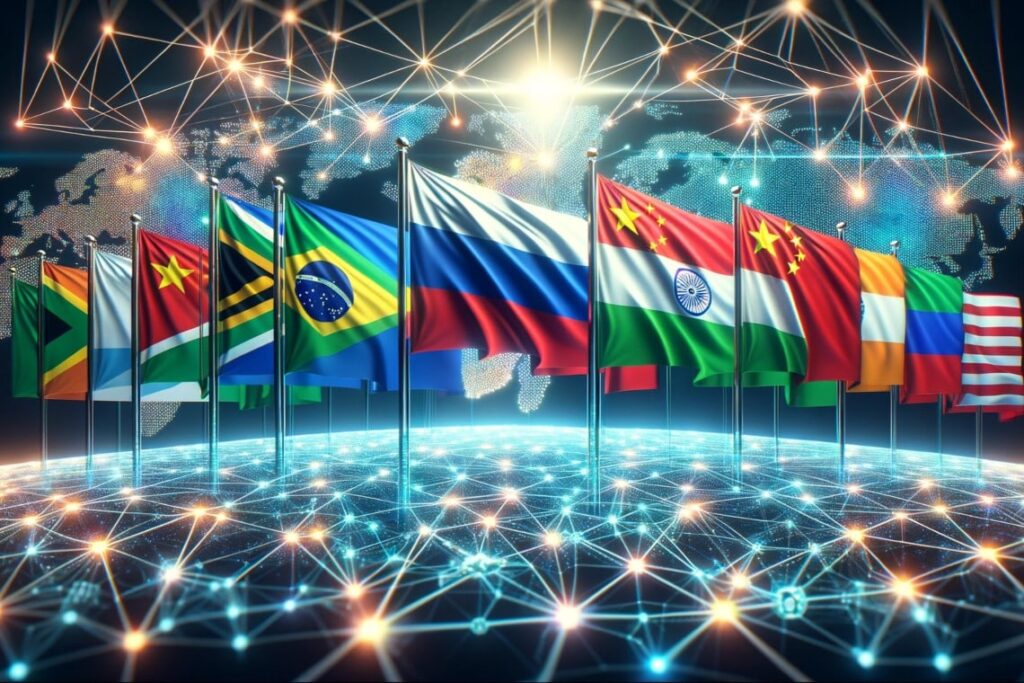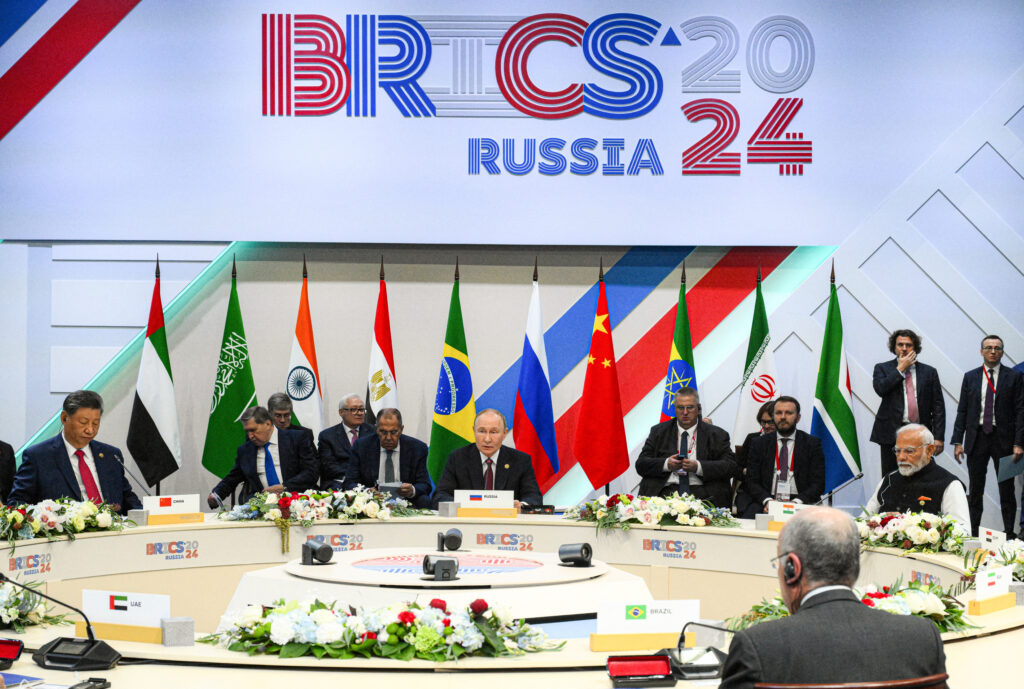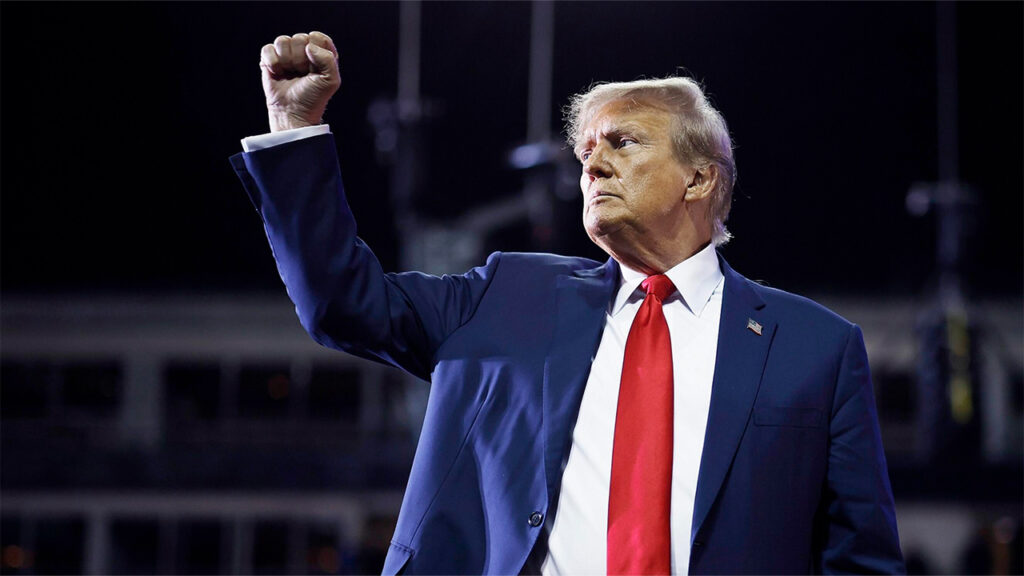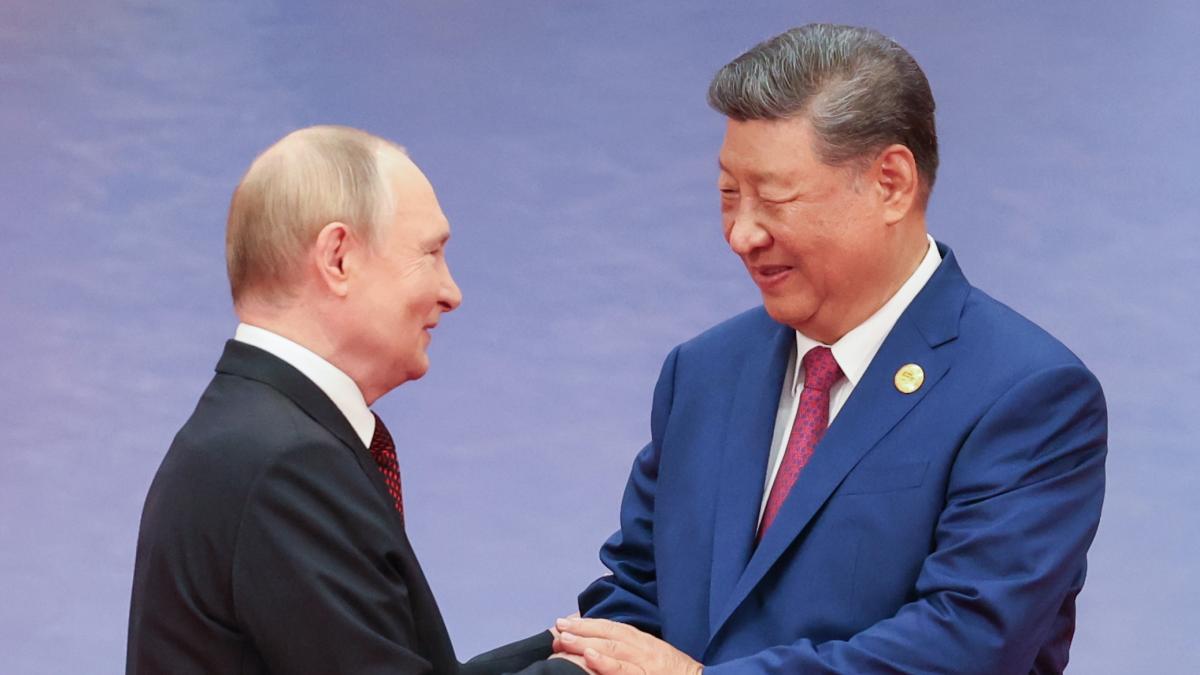OpenAI, the world-renowned creator of ChatGPT and a leader in artificial intelligence development, is in preliminary talks with U.S. regulators to restructure its corporate model and become a profit-oriented company. The news, first reported by Bloomberg this week, could mark a pivotal shift in the tech industry and challenge the foundational principle that guided the company’s inception in 2015: to create AI that benefits all of humanity.
The Dilemma: Profit Versus Principles
“When it comes to technology, there’s always a strong presence of tech pessimists—people who believe that technological advancements inevitably lead us astray. But the founders of OpenAI, including figures like Elon Musk, wanted the company to have a strong social focus, promoting AI that was good for everyone. This commitment to openness and transparency was even reflected in its name. However, over time, things started to shift,” notes Carlos Guadián, a tech and communications consultant.
Internal voices gradually questioned the original philosophy, and over the years, the company began to take steps away from it. José Antonio Carballar, a Ph.D. in Economics and professor at the University of Seville, points out that the pivotal moment came in 2019 when OpenAI signed a $1 billion partnership with Microsoft, signaling a major departure from its nonprofit roots. That same year, OpenAI transitioned to a “capped-profit” model, and the latest Bloomberg report suggests this is simply the next step in their evolution.
An Internal Power Struggle
“It seems there’s always been an internal battle within OpenAI between altruism and progress. The idea that stagnating without revenue would be detrimental in a field as cutting-edge as AI was hard to ignore. On the other hand, selling their technology provided substantial income that, in theory, could be reinvested into R&D. Sam Altman, the company’s CEO, won this struggle last year when attempts to remove him were thwarted,” says Carballar.
The breakthrough success of ChatGPT and its revenue potential sparked a new era for the company. “They realized there was significant money to be made as their technology disrupted the market,” explains Guadián. The defining moment came when Altman was ousted and then reinstated, emerging stronger than ever after a five-day upheaval.
“Altman returned with more power, and board members who opposed him ended up leaving. It was a real power play—like a Game of Thrones scenario. He’s steering the company where he wants, even as staff departures continue. Altman’s focus on general AI means breaking down any barriers that stand in the way,” adds Guadián.
The Microsoft Connection and Investor Interest
OpenAI’s annual revenues are already in the billions, and they continue to attract investment interest from major players like Nvidia, who are willing to pour in billions for long-term profit. The approval of Microsoft, which holds roughly 49% of OpenAI and exclusive rights to distribute its products, remains critical.
“Microsoft is not the leader in AI because they haven’t invested as heavily in that area. So, they’re likely to support OpenAI’s shift, as it aligns with their own interests. The issue could come if Microsoft imposes new terms on funding or decision-making,” Guadián warns, noting that competitors such as Anthropic, Perplexity, and Meta’s LLaMA models are also vying for dominance.
What a Structural Change Would Mean
OpenAI’s proposed restructuring would likely create both for-profit and nonprofit entities, raising questions about the latter’s role. “It might be a case of social washing, where the nonprofit arm serves as a shield during crises to show a commitment to social good,” Guadián speculates.
Carballar predicts significant changes, such as the removal of profit caps, making OpenAI more attractive to investors and simplifying access to funds—potentially paving the way for an IPO. Ownership structure shifts, greater freedom to reinvest profits, and stock options for talent acquisition could also be on the horizon.
“Profit focus could mean more paid services, premium features, and monetization pressures, possibly even introducing ads. While increased resources could accelerate R&D, it might skew toward commercially viable projects at the expense of broader social benefits,” Carballar concludes.
This transformation reflects the intense competition in AI and the need for commercial adaptation but raises serious questions about the fate of OpenAI’s founding mission: advancing AI that benefits humanity.
Guadián adds a final concern: “Adjusting priorities for proprietary developments could lead to non-compliance with laws like the EU’s AI regulation. The fear is that Europe could be left behind, at least temporarily, due to stricter laws compared to the U.S. This delay could result in a competitive disadvantage.”

